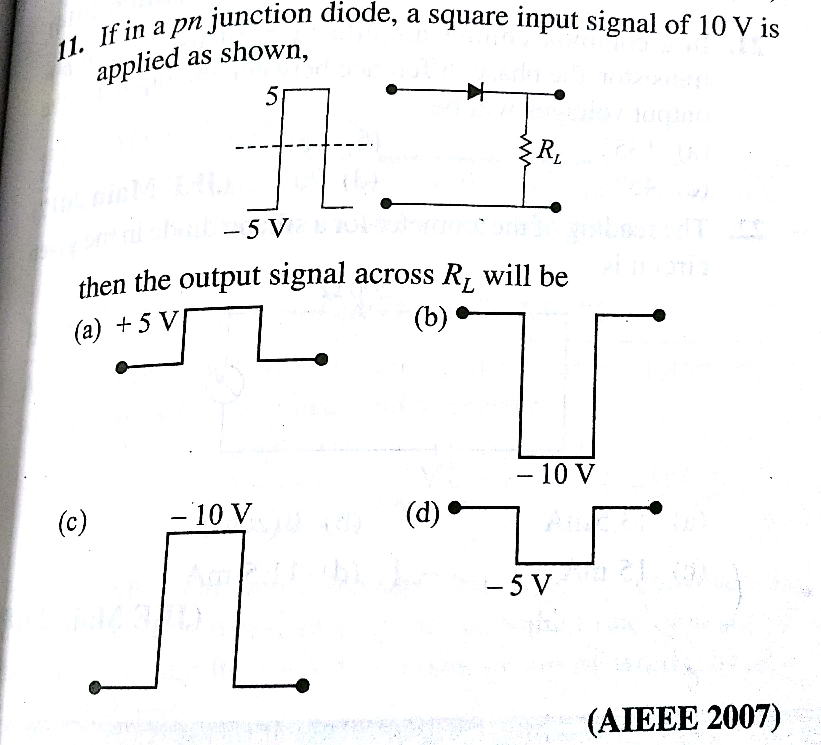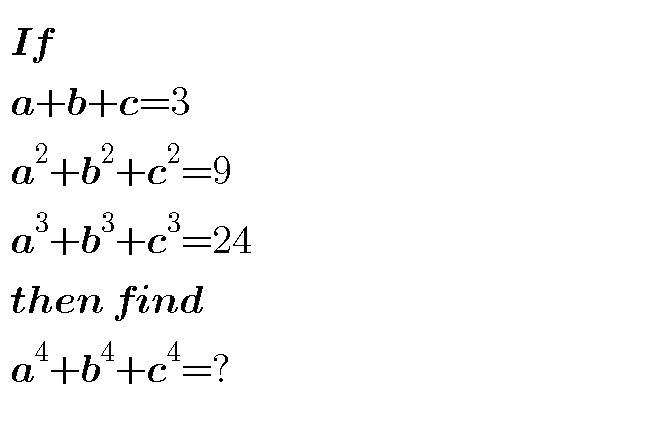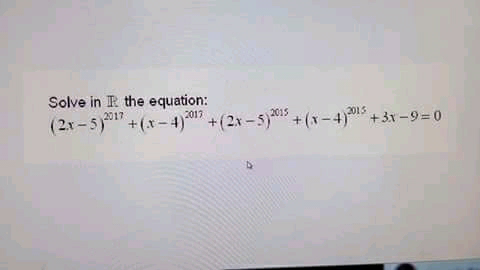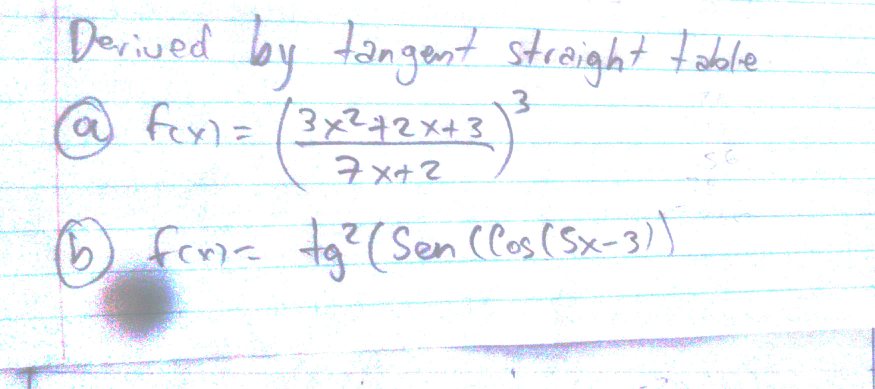
AllQuestion and Answers: Page 1602
Question Number 49359 Answers: 1 Comments: 0

Question Number 49358 Answers: 1 Comments: 0

Question Number 49357 Answers: 2 Comments: 1

Question Number 49356 Answers: 1 Comments: 1

Question Number 49355 Answers: 1 Comments: 0

Question Number 49354 Answers: 3 Comments: 0

Question Number 49344 Answers: 1 Comments: 1
Question Number 49343 Answers: 0 Comments: 1
Question Number 49342 Answers: 0 Comments: 0
$${find}\:\int_{\mathrm{0}} ^{\mathrm{1}} \:\:\frac{{e}^{{x}} }{\mathrm{1}+{x}}{dx}\:. \\ $$
Question Number 49340 Answers: 0 Comments: 0

Question Number 49333 Answers: 0 Comments: 0

Question Number 49331 Answers: 1 Comments: 2
Question Number 49326 Answers: 0 Comments: 0
Question Number 49337 Answers: 0 Comments: 0

Question Number 49299 Answers: 3 Comments: 3

Question Number 49296 Answers: 2 Comments: 0

Question Number 49298 Answers: 4 Comments: 0

Question Number 49294 Answers: 1 Comments: 0

Question Number 49283 Answers: 1 Comments: 0

Question Number 49280 Answers: 1 Comments: 3

Question Number 49272 Answers: 2 Comments: 0
Question Number 49279 Answers: 2 Comments: 1

Question Number 49256 Answers: 2 Comments: 0

Question Number 49253 Answers: 2 Comments: 0

Question Number 49252 Answers: 1 Comments: 0

Question Number 49251 Answers: 5 Comments: 1

Pg 1597 Pg 1598 Pg 1599 Pg 1600 Pg 1601 Pg 1602 Pg 1603 Pg 1604 Pg 1605 Pg 1606
